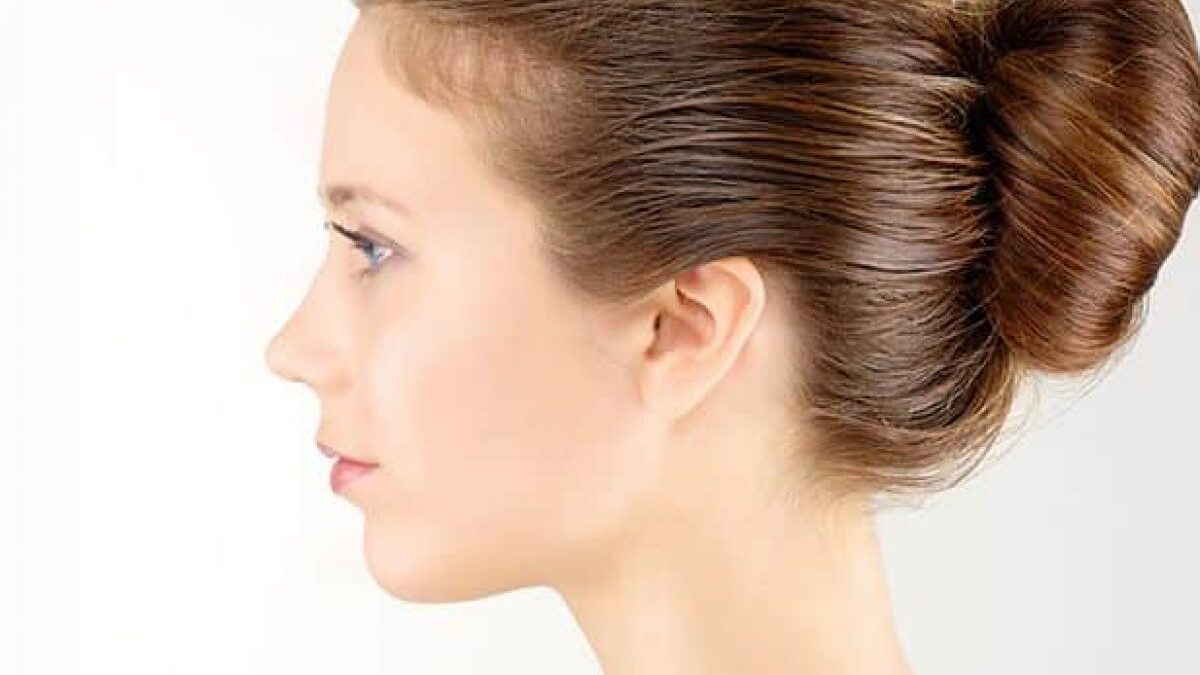
Jaw Reduction Techniques for a Refined Facial Profile
Bulky jaws can often become a topic of concern for many individuals, mainly due to aesthetic reasons. Some individuals feel that a more streamlined or slender jawline complements their facial features better. But what leads to the development of bulky jaws in the first place? The reasons might be multifarious, ranging from genetics to daily habits. This article will not only explore these causes but also discuss non-surgical jaw reduction procedures in Singapore, offering a range of options for those looking to refine their jawline without resorting to invasive surgical methods.
Genetic Predisposition
One of the most common causes of a prominent or bulky jaw is genetics. Much like other physical attributes such as height, eye color, or hair type, the shape and size of our jaw can be inherited from our parents or previous generations. Individuals whose families have historically had broader jawlines are likely to share that trait. While genetics might offer an explanation, it’s also a cause that individuals have little control over. Luckily, non-surgical jaw reduction procedures in Singapore can assist those looking to make alterations.
Teeth Grinding and Clenching
Teeth grinding, medically known as bruxism, is another contributor to a bulky jaw. The frequent and powerful grinding of teeth can cause the masseter muscle – the primary muscle responsible for chewing – to enlarge. Over time, this hypertrophy of the masseter muscle can lead to a more prominent jaw appearance. Similarly, individuals who often clench their teeth, either due to stress or other reasons, might notice a broader jaw over time.
Diet and Chewing Habits
It might come as a surprise, but the regularity and intensity of chewing can influence the shape of one’s jaw. Those who consistently chew gum or enjoy diets rich in tough, chewy foods might develop a more pronounced masseter muscle. The repeated act of heavy chewing can lead to muscle hypertrophy, similar to how regular exercise can enlarge other muscles in the body.
Non-Surgical Jaw Reduction Procedures in Singapore
For those who feel that their jaw is more prominent than they’d like, there are non-surgical jaw reduction procedures in Singapore that can offer a solution.
BTX Jaw Reduction: This procedure involves the use of Botulinum Toxin injections. The BTX is injected into the masseter muscle, which leads to muscle relaxation and reduction in size over time. The effects can last several months, after which repeated treatments might be necessary to maintain the results. This method is non-invasive, requires little to no downtime, and results can be noticeable within weeks.
HIFU: High-Intensity Focused Ultrasound (HIFU) is a technology that has found various applications in aesthetic treatments. For jaw reduction, HIFU targets the layers of the skin and the underlying SMAS (superficial muscular aponeurotic system) layer, encouraging collagen production and tissue tightening. Over time, this can lead to a more sculpted jawline. The procedure is painless, safe, and the effects can last for several months to a year.
Chin Fillers: While this might sound counterintuitive, chin fillers can play a role in achieving a more balanced facial profile. By adding volume to the chin area, it can give an illusion of a more slender jawline. The procedure involves injecting dermal fillers into specific areas of the chin to enhance its shape and size. When combined with other jaw reduction treatments, chin fillers can offer a comprehensive solution for those looking to improve their facial aesthetics.
Conclusion
The desire to alter or enhance one’s appearance is deeply personal. Thankfully, non-surgical jaw reduction procedures in Singapore provide a bevy of options for individuals keen on refining their jawline without undergoing surgery. Understanding the causes of a bulky jaw can also help individuals make informed decisions about the treatment that’s right for them. With advancements in aesthetic treatments, achieving a desired facial profile has become more accessible than ever.






